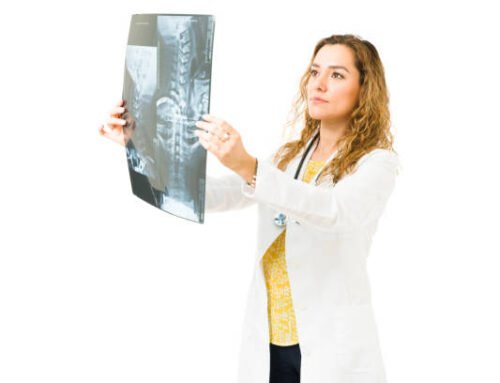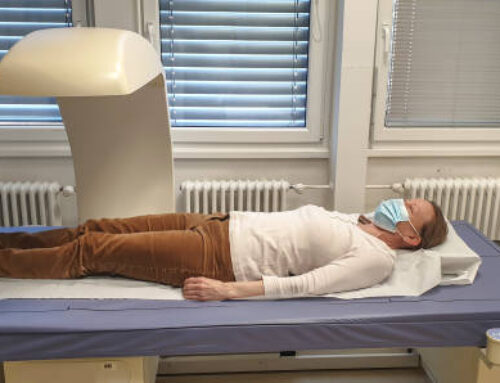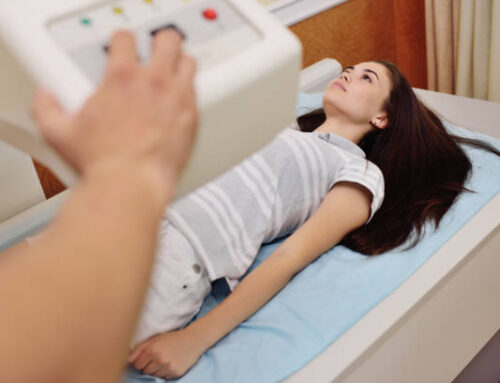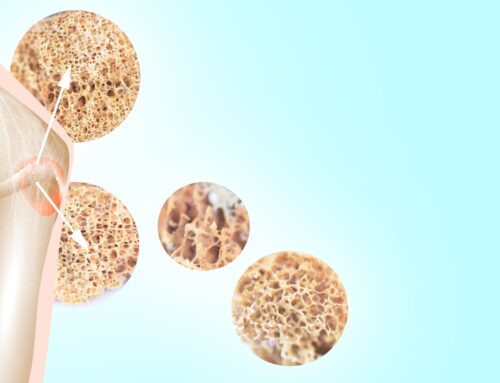As we age, our bones become weaker and more prone to fractures, a condition known as osteoporosis. Osteoporosis affects millions of people worldwide and is a major cause of disability and mortality in older adults. In this article, we will discuss bone mineral density and its relationship with osteoporosis.
What is Bone Mineral Density?
Bone mineral density (BMD) is a measure of the amount of minerals, such as calcium and phosphorus, in bone tissue. A high BMD indicates strong bones, while a low BMD indicates weak bones. BMD is measured using a dual-energy x-ray absorptiometry (DXA) scan, which is a quick and painless test that uses low-dose x-rays to measure bone density.
BMD is an important indicator of bone health and is used to diagnose osteoporosis. The World Health Organization (WHO) defines osteoporosis as a BMD that is 2.5 standard deviations or more below the average BMD of young, healthy adults (T-score ≤ -2.5).
What Causes Osteoporosis?
Osteoporosis occurs when bones lose minerals, such as calcium, more quickly than they can be replaced. This causes the bones to become weaker and more brittle, making them more likely to fracture. There are several factors that can contribute to osteoporosis, including:
- Age – As we age, our bones become less dense and weaker, making us more susceptible to osteoporosis.
- Gender – Women are at a higher risk of developing osteoporosis than men, primarily due to the decrease in estrogen levels that occurs after menopause.
- Genetics – Osteoporosis can run in families, indicating a genetic component to the disease.
- Lifestyle factors – Smoking, excessive alcohol consumption, and a lack of physical activity can all contribute to the development of osteoporosis.
- Medical conditions – Certain medical conditions, such as hyperparathyroidism, thyroid disease, and inflammatory bowel disease, can increase the risk of osteoporosis.

Preventing Osteoporosis
While osteoporosis cannot be cured, there are steps you can take to reduce your risk of developing the disease. These include:
- Getting enough calcium and vitamin D – Calcium and vitamin D are essential for strong bones. Good sources of calcium include dairy products, leafy green vegetables, and fortified foods. Vitamin D can be obtained through exposure to sunlight and fortified foods.
- Engaging in weight-bearing exercise – Exercise that puts stress on your bones, such as walking, jogging, and weightlifting, can help strengthen your bones.
- Avoiding smoking and excessive alcohol consumption – Smoking and excessive alcohol consumption can increase your risk of osteoporosis.
- Talking to your doctor – If you are at risk of osteoporosis, your doctor may recommend a BMD test to assess your bone health. They may also recommend medications or supplements to help prevent or treat osteoporosis.
In conclusion, bone mineral density is an important indicator of bone health and is used to diagnose osteoporosis. Osteoporosis is a common condition that can be prevented by making healthy lifestyle choices and seeking medical advice when necessary. By taking care of our bones, we can ensure a healthy and active life as we age.





